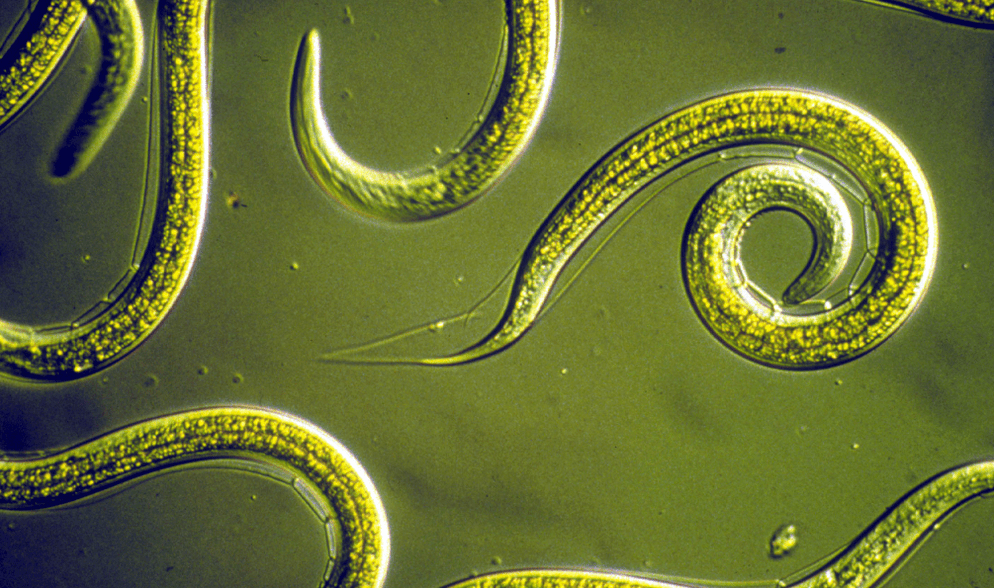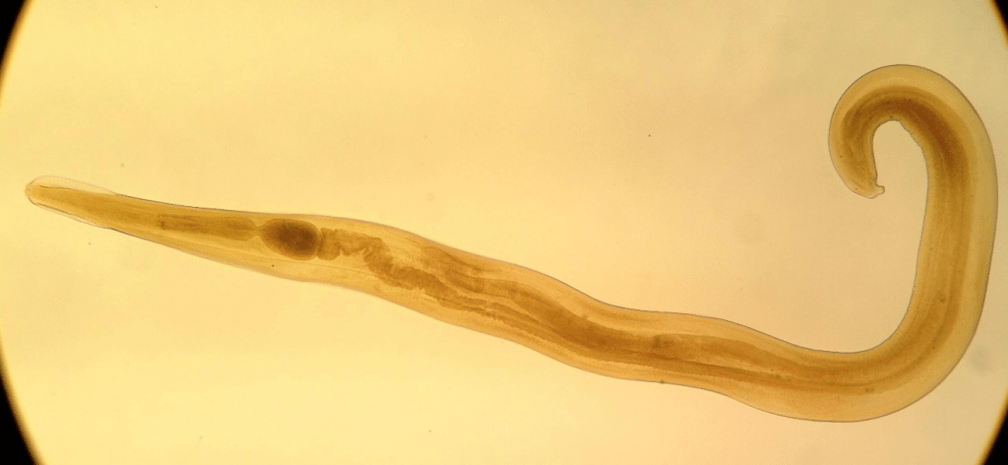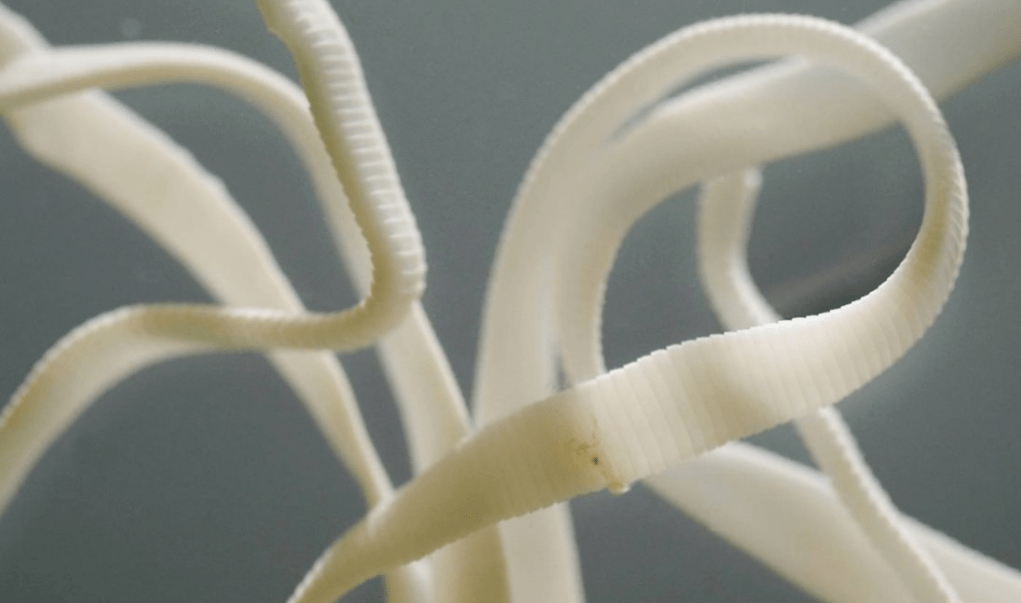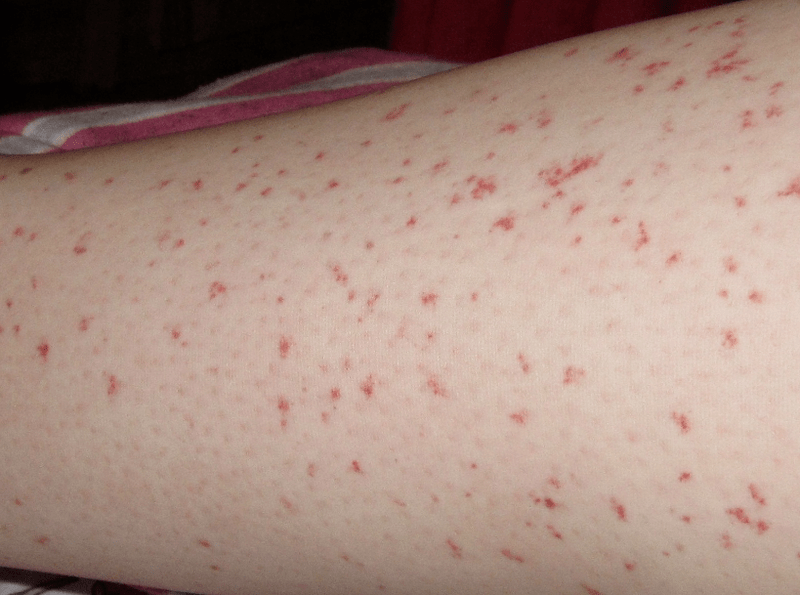According to statistics, it has been proven that more than one billion people are infected with helminths, which are popularly called worms. However, these indicators are conditional, since they were established based on the number of people who sought help from specialists who were diagnosed with helminth infestation.
In life, every person at least once in their life encounters worms (regardless of age and sex), but many are simply not aware of their infection and continue to transmit worms to other people. In the initial stages of infection, they do not cause discomfort, but in case of massive infestations they can cause toxic poisoning and even death. Therefore, it is important to know what worms are, what they look like in the body and how to overcome the acquired disease.
Doctors have already studied many "uninvited guests" in the body of animals and people who overload the immune system and are capable of perforating blood vessels by biting them. This causes serious consequences in the form of erosions and other diseases, so helminthic infestations must first be treated.
types of worms

Among the numerous varieties of helminths, the greatest damage to the body can be caused by 3 classes of worms: flukes, roundworms and tapeworms. Let's see what these worms look like in humans.
Intestinal worms

The class of roundworms is commonly called nematodes. This is one of the most common types of worms that infect the human body. However, in addition to parasitic nematodes, there are also free-living nematodes, so they are not found inside the human body.
In the photo you can see the body of nematodes, which is characterized by a round shape, which is why they were added to the class of roundworms. They have a thin and elongated body, and their ends are pointed on both sides.
During the examination, the following worms of this class are most often found in the human body: whipworms, roundworms, trichinella (Trichinella) and pinworms. These types of worms in humans can be seen in the photo.
Male intestinal wormsThey have a shorter body length than females. Females can grow up to 40 centimeters. Roundworms are located in the intestines and poison the body with toxic substances. When there is a large accumulation of parasites within this cavity, they are capable of closing the intestinal lumen and preventing permeability. If treatment is refused, the invasion can lead to death, because unnecessary substances from the body will no longer be eliminated and toxic intoxication will reach its limit.
pinwormsThey bark smaller in size compared to roundworms. The length of its body does not exceed 1 cm. These representatives actively reproduce, because by living in the small intestine and rectum, they have access to the anus, and leaving it, the females deposit larvae in the intrafemoral part, the anus, between the buttocks. At the same time, an individual pinworm can lay up to 15, 000 eggs, causing skin irritation. Then the infected person begins to scratch himself with the irritant, which contributes to the transmission of helminths to other people. Most often, pinworms are found in children, so preschool and school institutions and institutions with large crowds of people should be examined for worm eggs.

whipwormIt is an equally dangerous parasite, because the females of this helminth lay between 3, 000 and 4, 000 eggs a day. When the worm has reached sexual maturity, it has a threadlike anterior end, which constitutes 2/3 of the body length, and a thick, pinkish-gray posterior end, with transverse stripes. The average length of a helminth is 3 to 5 cm. The tails of female and male representatives differ: in females it is characterized by a curve, and in males it is spiral-shaped.
The danger of whipworm infection is that this worm penetrates the mucous membranes and deep layers. It can affect smooth muscle and feed on tissue fluid.
Triquinais a particularly dangerous parasite that lives within the muscles and intestinal walls of humans. Visually, the worm looks like a long twisted thread, reaching 4. 5 mm and 1. 6 mm in diameter. The vital activity of such a helminth can lead to the death of the carrier if therapeutic measures are not taken in time.
trematodes
.png)
Many people are interested in what parasites look like in the human body (photo) from the class of flukes. In medical practice they are called trematodes, but the most interesting thing is that they do not suck anything from the body, but instead feed on mucus, blood and what the worms pass through the affected area. Trematodes can grow up to 1. 5 meters long and are found not only in the intestines, but also in other organs (including the conjunctival sac).
However, worms of the trematode class can adhere to the intestinal walls and therefore resist accidental excretion along with feces. These parasites have a functional digestive tract and reproductive system, but the respiratory and circulatory systems function at a minimal level.
had

had- a class of flatworms, which is divided into tapeworms and tapeworms. These individuals rarely enter the human body directly. Most of the time, infection occurs due to a person eating fish infected with these parasites, but in animals they occur only in the larval stage and reach maturity within an individual that has a backbone.
Parasites of this class have a special anatomical structure of the body, so the head of the worm serves only to adhere to the intestinal wall, and this worm feeds using the entire body. The food of their host serves as food for the tapeworms, but the helminths are not digested by gastric juice, because it releases a substance called antikinase.
Despite the similarity of these worms, when making a diagnosis it is imperative to distinguish them in order to establish the correct treatment method.
Tapeworms have 2 suction cups on their heads, which allows them to securely adhere to the intestinal wall, unlike representatives, tapeworms, which have 4 adherent teeth. The body length of the tapeworm can reach 18 meters and occupy the entire length of the small intestine.
How can you get infected with these worms?

The spread of helminths begins with phase 1, characterized by the entry of helminth eggs into the human body. They then hatch, become larvae (stage 2) and move throughout the body until they settle in organs or systems, but most of the time they remain in the intestines. In phase 3, the worms can no longer migrate throughout the body, but are quite capable of multiplying and infecting a healthy population.
Despite the variety of worms and their characteristics, the infestation can be combined. This indicates the possibility of simultaneous residence in the digestive tract or organs of different types of worms, without interfering with each other.
Worm infection can occur in 3 ways:
- From person to person.
- Through the ground.
- By following a raw food diet and eating poorly processed foods, particularly vegetables, fruits and herbs.
Signs of infection

The signs of helminth infection can be very different, but first of all you should start from the stage of infection:
- Sharp. It doesn't last more than 20 days. In this case, extensive allergic reactions of unknown origin are observed. This is due to the immune system's response to a stimulus. The allergy causes a skin rash and clinical blood tests show higher than normal levels of eosinophils.
- Acquired. The disease at this stage can develop for 2-3 years. In this case, the symptoms depend on the organ in which the parasites live, their number, and how much they have damaged tissue walls or body systems. In severe situations, they cause inflammation and fast-growing species can have fatal consequences.
It is very important to know what parasites of any type look like, because sometimes dead adults can be transmitted along with feces, then, based on the description of their appearance, the diagnosis can be accelerated and a treatment method quickly selected.
Timely detection of helminths plays an important role in human life, because not all parasites can exist practically harmlessly inside the body. It is recommended that the whole family be examined by a doctor at least 1-2 times a year, wash hands before eating, eat only well-processed foods and use folk anthelmintic remedies for prevention: clove or wormwood powder, husk tincture of nuts.






































